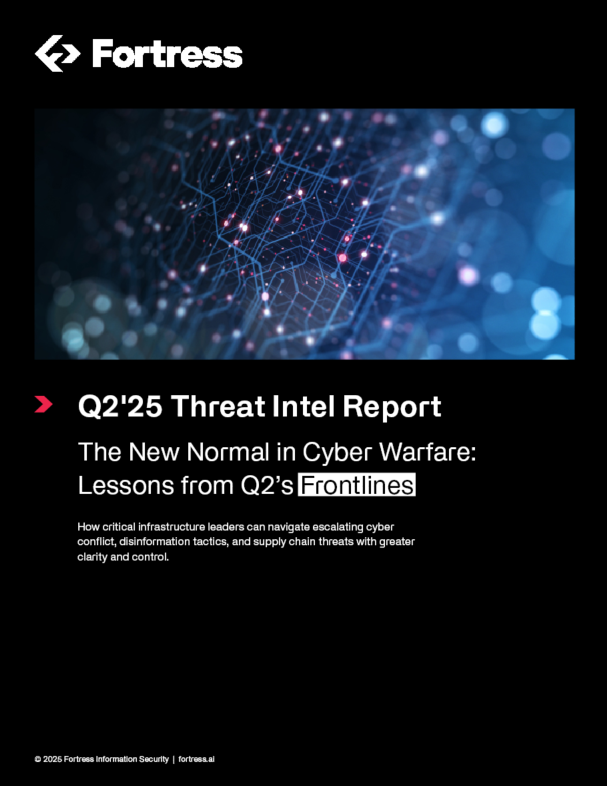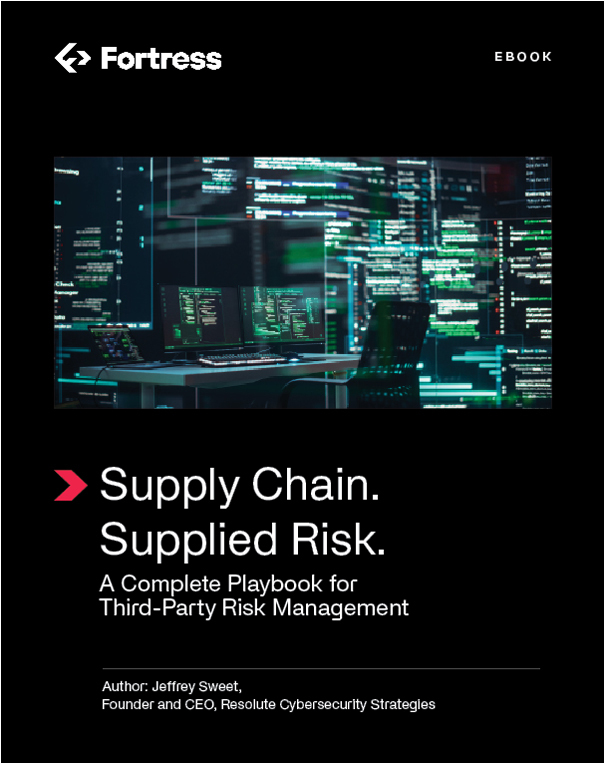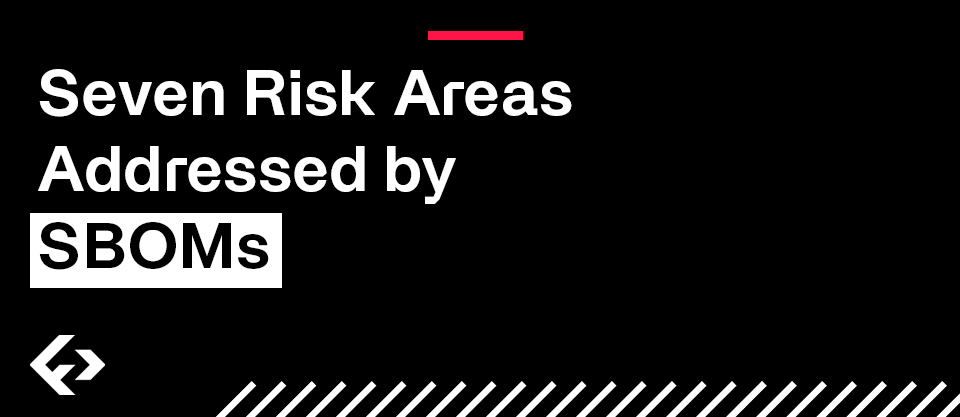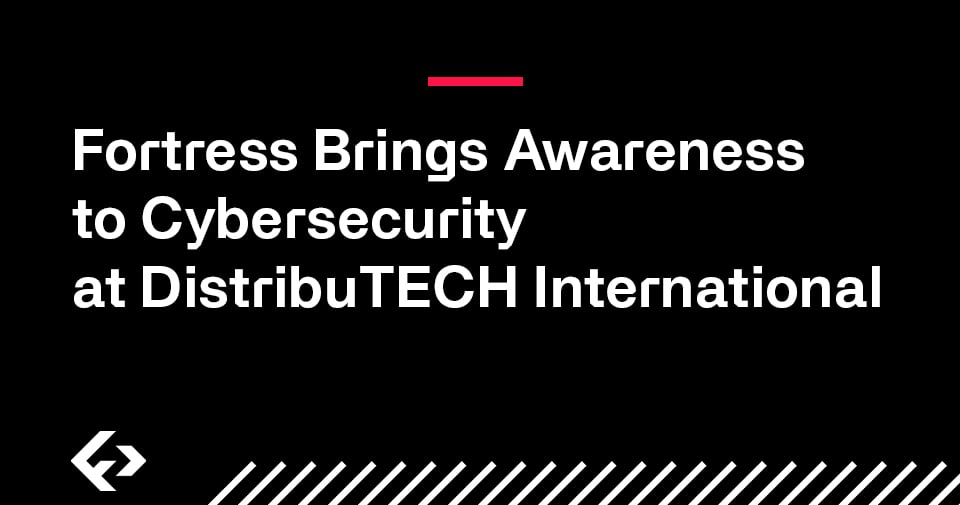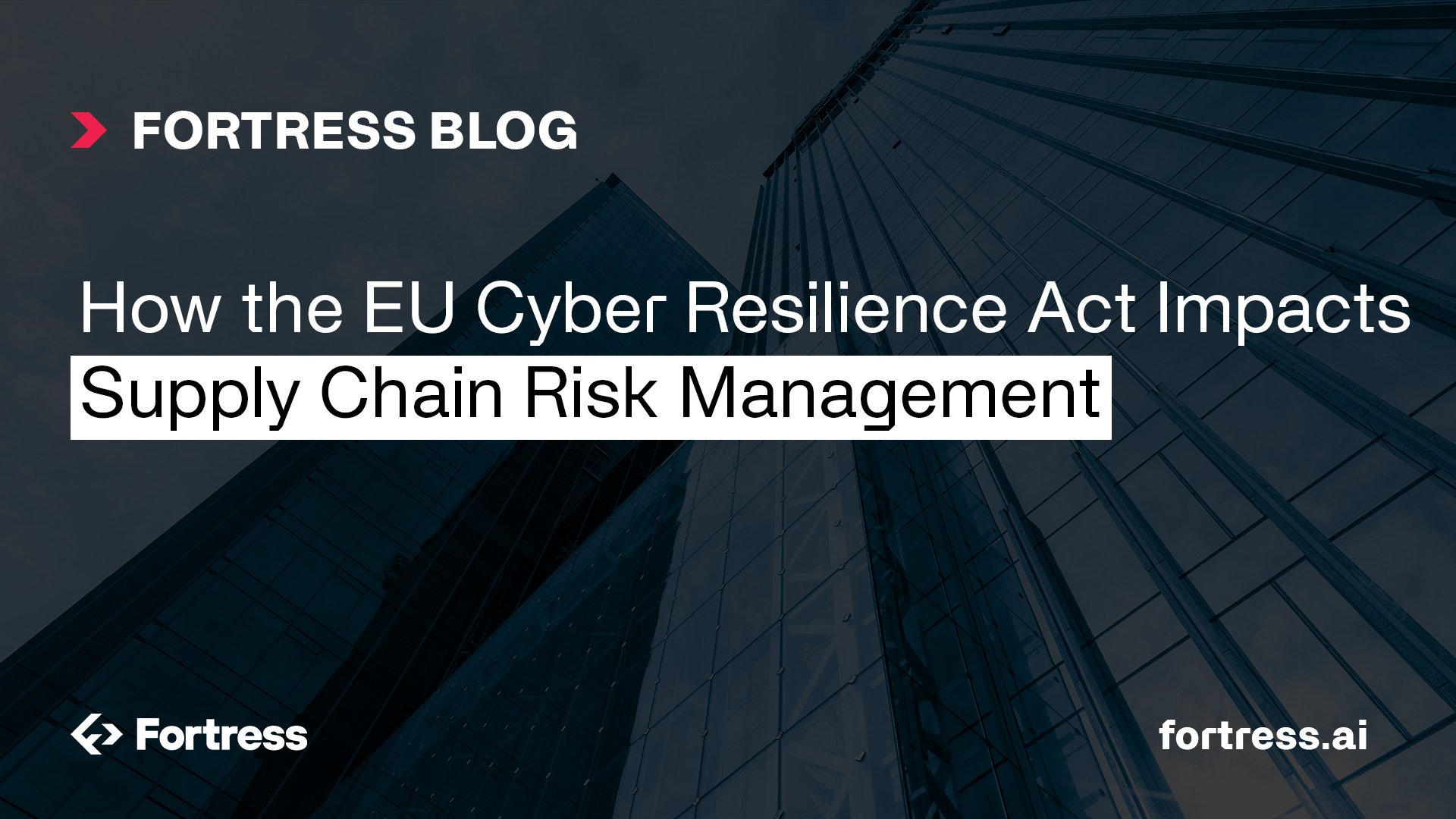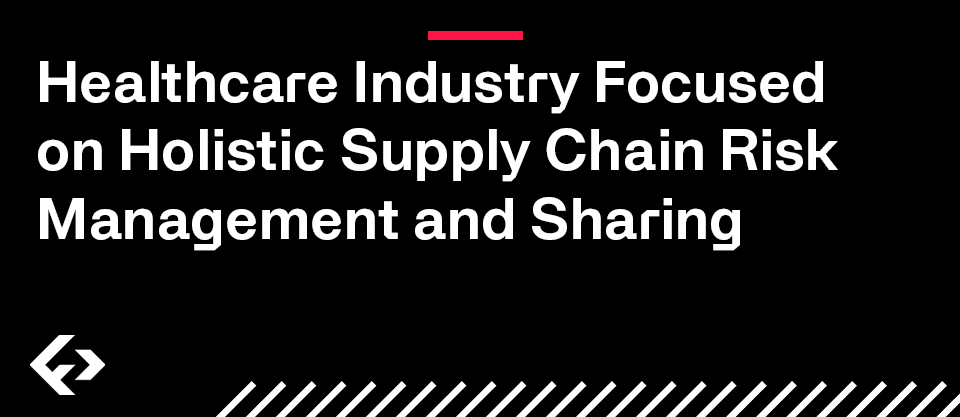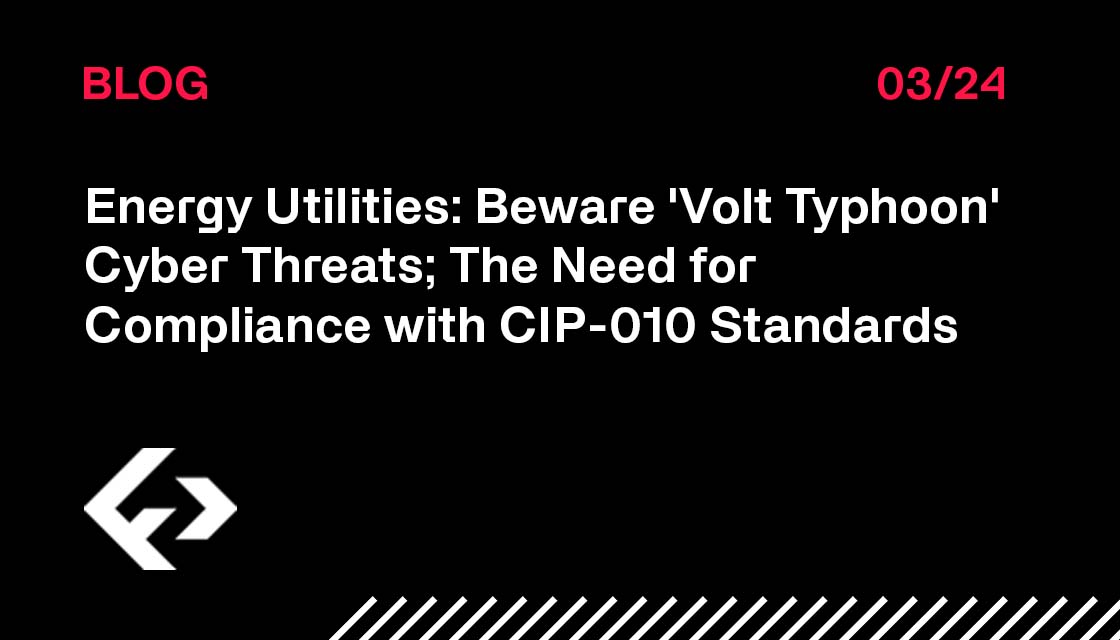The EU's Cyber Resilience Act (CRA), passed by the EU Council in October 2024, ushers in a groundbreaking regulatory regime that reshapes how digital products, from IoT devices to embedded software, are developed, marketed, and maintained in Europe. Its ripple effects on Supply Chain Risk Management (SCRM) are both profound and wide-ranging.
-
Embedding Security Across the Product Lifecycle
CRA introduces a "security-by-design" mandate, requiring manufacturers to integrate cybersecurity considerations from development through end-of-life. Risk assessments now must account for misuse cases, operational environments, processed data, and supply chain dependencies. As a result, SCRM teams must collaborate early with product and engineering teams to align threat modeling and component oversight throughout the supply chain.
-
Transparency through Software Bill of Materials (SBOM)
Manufacturers are now legally obliged to maintain and supply SBOMs, exposing all third-party and open-source components integrated into their products. For SCRM, this means better visibility into vulnerabilities, easier tracking of exposed components when new threats emerge, and more efficient remediation coordination with suppliers.
-
Continuous Monitoring, Vulnerability Remediation, & Reporting
The CRA imposes robust post-market obligations, including:
- Active threat monitoring of deployed products and their components
- Timely patching—typically for at least five years or the product’s expected lifetime—with separate security updates where feasible
- Incident reporting: notification to authorities within 24 hours (initial), followed by detailed reports within 72 hours and full follow-up within 14 days
For SCRM professionals, sustaining this transparency demands establishing continuous supplier monitoring, coordinating timely patch rollouts, and validating supplier reporting procedures.
-
Strengthened Supplier Obligations and Contractual Controls
CRA extends responsibility deep into supply chains. Organizations must ensure that suppliers—including subcontractors and OSS stewards—adhere to stringent cybersecurity obligations. Contracts now need to clearly outline supplier obligations, including:
- Roles in vulnerability identification and remediation.
- Provision of SBOMs.
- Audit rights, penalties for non-compliance, and definitions for incident-response cooperation
This translates to more rigorous supplier due diligence, renegotiated contracts, and calibrated supply diversity strategies.
-
Risk-Based Classification and Prioritized Controls
CRA categorizes digital products into risk tiers from default (covering 90%) to higher-risk levels, and mandates correspondingly strict controls. SCRM teams must segment suppliers and components based on these tiers, applying deeper assessments, certification checks, and supply diversification strategies to critical classes.
-
Enforcement Pressure and Penalties
CRA comes with strict enforcement: fines up to €15 million or 2.5% of global turnover for violations of core security requirements, plus further penalties for other compliance failures. Additionally, products may face withdrawal or recall actions. This heightens the need for SCRM functions to integrate compliance into supplier oversight strategies, ensuring audit readiness and tracing quality across the chain.
-
Transition Timeline: Act Now, Benefit Sooner
The CRA’s various provisions roll out between mid-2026 and the end of 2027:
- June 2026: Conformity assessments begin.
- September 2026: Notification obligations become binding.
- December 2027: CRA reaches full applicability across the EU
This transition window offers a strategic opportunity: proactive SCRM teams can integrate CRA-aligned processes now, providing risk reduction and reputational advantage well before enforcement fully kicks in.
Actionable SCRM Checklist
- Identify Impacted Products & Suppliers: Classify products by risk and map supplier roles.
- Demand SBOMs & Conduct Audits: Ensure full component visibility and supplier compliance.
- Enhance Contracts: Embed security responsibilities, reporting timelines, audits, and penalties.
- Establish Monitoring & Response Processes: Build frameworks for real-time vulnerability detection, patching, and incident reporting.
- Run Readiness Assessments: Perform mock audits and escalation tests to ensure preparedness.
- Train Internal Stakeholders: Equip teams with knowledge on CRA timelines, supplier engagement, and risk remediation flows.
Conclusion
The EU Cyber Resilience Act significantly elevates the role of supply chain risk management by embedding cybersecurity obligations across product lifecycles, supplier contracts, and reporting mechanisms. Rather than viewing CRA as a compliance hurdle, forward-thinking organizations can treat it as a catalyst to build stronger, more transparent, and more resilient supply chains, setting a new standard for incident-free product development.
How Fortress Information Security Helps Bridge the Gap
1. Supply Chain & Third‑Party Risk Management
Fortress offers strong Cyber Supply Chain Risk Management (C‑SCRM) and Third‑Party Risk Management (TPRM) capabilities. These allow organizations to identify, assess, and remediate vulnerabilities across their supplier ecosystem, addressing CRA mandates around transparent and secure software supply chains.
2. Vulnerability Management
With its Vulnerability Management services, Fortress helps organizations detect, prioritize, and fix security issues, including those within embedded or third-party components, supporting CRA requirements for lifecycle security and incident remediation.
3. Governance, Risk & Compliance (GRC)
Fortress’s GRC tools can streamline compliance documentation, risk assessments, and regulatory reporting workflows. This positions clients to efficiently create the required technical documentation, declarations of conformity, and audit trails under the CRA.
4. Software Supply Chain Security
Fortress emphasizes Software Supply Chain Security, helping to maintain SBOMs, monitor dependencies, and validate third-party code integrity. This directly supports CRA demands for transparency in digital product makeup and vulnerability tracking.
5. Action-Oriented and Collaborative Approach
Fortress doesn’t just identify risks; it collaborates with clients and vendors to implement prioritized mitigation and remediation plans. This proactive posture supports CRA's obligations to report and resolve security issues effectively over the product lifecycle.

